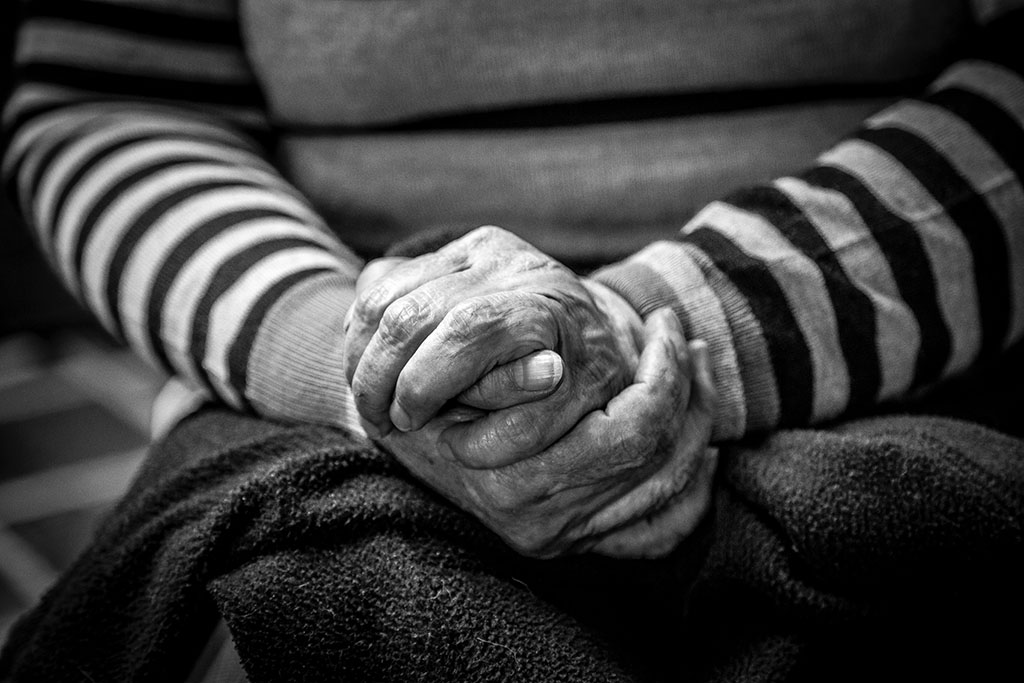A recent article published by The Atlantic titled “The Secret Shame of Middle-Class Americans” has been widely shared and discussed over the past couple of weeks—and not just in our circles.
Writer Neal Gabler begins his piece with this startling statement: “Nearly half of Americans would have trouble finding $400 to pay for an emergency. I’m one of them.”
He’s referring to a study done by the Federal Reserve Board in which it was found that 47% of Americans would have to borrow or sell something to come up with $400—if they could come up with that money at all.
Gabler goes on to share his financial history and struggle, with many more bleak statistics interspersed throughout. Among them were the following lowlights:
- “…nearly 30 percent of American adults don’t save any of their income for retirement.”
- “A 2011 study…measuring knowledge of fundamental financial principles (compound interest, risk diversification, and the effects of inflation) found that 65 percent of Americans ages 25 to 65 were financial illiterates.”
- “A 2014 analysis by USA Today concluded that the American dream…would require an income of just more than $130,000 a year for an average family of four. Median family income in 2014 was roughly half that.”
- “The American Psychological Association conducts a yearly survey on stress in the United States. The 2014 survey—in which 54 percent of Americans said they had just enough or not enough money each month to meet their expenses—found money to be the country’s No. 1 stressor. Seventy-two percent of adults reported feeling stressed about money at least some of the time, and nearly a quarter rated their stress ‘extreme.’”
This isn’t the first time the financial insecurities of Americans have been covered in the media. The November 27, 2015, episode of podcast This American Life called “Status Update” includes the story of a town that finds out a large percentage of its citizens—including the mayor—have had debt collection lawsuits brought against them. However, this piece and the article that inspired it are focused on suits in black communities.
As The Atlantic’s Gabler attests, “Financial impotence is an equal-opportunity malady, striking across every demographic divide.”

This is not to diminish the systemic inequalities affecting the financial futures of black Americans. It’s to say that this isn’t something being grappled with only by black Americans or old Americans or Americans living in the Rust Belt.
Financial insecurity is affecting Americans.
This Atlantic article is an excellent (and brave) personalized illustration that brings to life the damaging effects on people’s lives of America’s poor savings culture. Taken in combination with the staggering scope of the issue documented in the Fed and other surveys, it drives home the point that this is not a problem restricted to the “poor.”
Since our focus as researchers is on identifying patterns that give clues to how we might respond to this problem, we find ourselves asking more questions as we review articles like this. Are Neal Gabler’s problems unique to him? How can he and other Americans better cope with the challenges, and the anxiety, of financial stress? What are the tangible and intangible motivators that will offer financial sustenance? What are the biggest barriers?
These are some of the questions that we’re asking a diverse group of Americans as part of our Motivations Assessment Program (MAPTM). We hope that our results will shed light on ways to increase the financial confidence of Americans. Our quantitative analysis will be complete this summer, and we look forward to sharing our insights with you.



